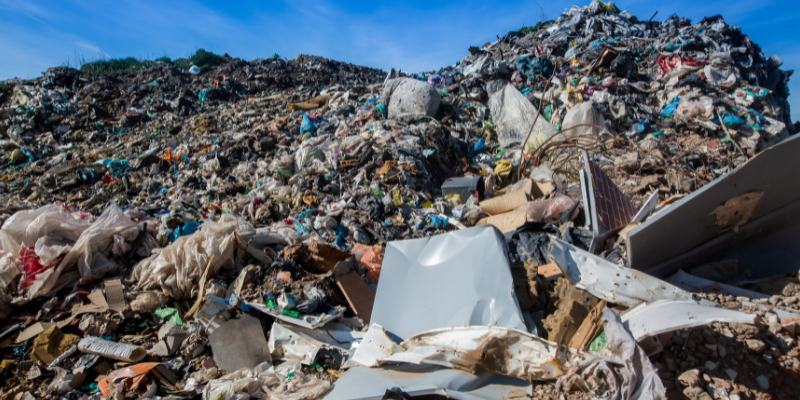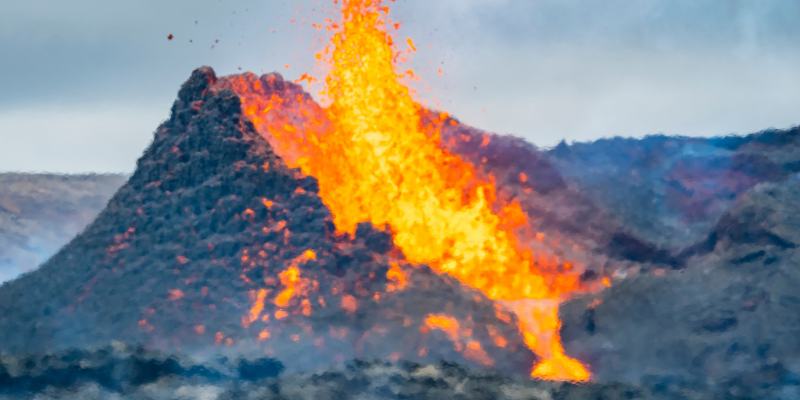Discover the Top 10 Causes of Mercury Contamination
Mercury contamination is a serious environmental and health issue that can result from various sources. As a highly toxic substance, mercury can have detrimental effects on both the environment and human health. Mercury exposure is linked to severe neurological and developmental problems, especially for vulnerable groups like children.
Understanding the leading causes of mercury contamination is crucial for reducing its impact on health and the ecosystem. This article will explore the top 10 causes of mercury contamination and offer insights into how they can be managed.
Industrial Mercury Release:
One of the major contributors to mercury contamination is the release of mercury from industrial activities. Industries such as coal-fired power plants, chemical manufacturing, and mining operations release mercury into the atmosphere, water, and soil. Coal-burning power plants, in particular, are one of the largest sources of atmospheric mercury emissions. Mercury released into the air can travel long distances before settling in water bodies or soil, affecting aquatic life and entering the food chain. This makes industrial emissions a primary source of mercury contamination in many regions.
Mercury in Fish and Seafood:
Mercury contamination in aquatic environments is one of the most concerning consequences of mercury pollution. When mercury settles in bodies of water, it can be absorbed by marine organisms. Over time, through bioaccumulation, mercury accumulates in fish significantly larger predatory species like tuna, swordfish, and sharks. These fish, which humans commonly consume, can contain harmful levels of mercury. Consuming contaminated seafood can lead to mercury poisoning, particularly in infants, and young children. Monitoring mercury levels in seafood is crucial to protecting public health.
Improper Waste Disposal:
Improper disposal of mercury-containing products such as thermometers, batteries, and light bulbs is another key source of mercury contamination. When these products are disposed of in landfills or incinerated, they release mercury into the environment. This mercury can then leach into the soil and contaminate groundwater, eventually reaching local water sources and food supplies. Improper waste disposal is a significant issue, as many everyday household products contain trace amounts of mercury that can contribute to contamination if not disposed of properly.

Mining Activities:
Gold mining is one of the most significant contributors to mercury contamination. In small-scale and artisanal gold mining, mercury is often used to extract gold from ore. The mercury binds with gold particles, forming an amalgam that is then heated to separate the gold.
Unfortunately, much of the mercury used in this process is released into the environment, contaminating local water supplies and surrounding ecosystems. The mercury released during mining operations can cause long-lasting environmental damage and pose health risks to local communities.
Mercury in Household Products:
Various household products contain mercury, including older thermometers, thermostats, and cosmetics. When these items break or are disposed of improperly, they release mercury into the home environment. Mercury vapor can contaminate indoor air and lead to chronic exposure, hazardous for children. For example, some skin-lightening creams and cosmetics may contain mercury, posing a risk of contamination through direct contact with the skin. Proper disposal of these products is essential to prevent mercury contamination in the home.
Fossil Fuel Combustion:
Burning fossil fuels, particularly coal, is another significant source of mercury pollution. Coal-fired power plants, cement factories, and industrial processes release mercury into the atmosphere as part of their emissions. Once released, mercury can travel long distances before it settles on soil, water, and vegetation. This atmospheric deposition is a global issue, as even remote regions may experience mercury contamination due to emissions from distant industrial sources. The spread of mercury through air pollution highlights the need for stricter regulations on fossil fuel combustion.
Agricultural Runoff:
Agricultural runoff is a significant but often overlooked source of mercury contamination. Using fertilizers and pesticides can introduce mercury into water through field runoff after rainfall. This mercury can enter rivers, lakes, and streams, affecting aquatic life and contaminating the food supply. As agricultural practices expand, the risk of mercury contamination in freshwater systems grows. Protecting water quality by managing agricultural runoff is crucial to reducing the impact of mercury on local ecosystems.
Atmospheric Deposition:
Mercury released into the atmosphere can travel vast distances before it settles on the Earth’s surface through a process known as atmospheric deposition. Emissions from power plants, waste incineration, and industrial operations contribute to mercury in the atmosphere. Over time, mercury settles on the ground and water, contaminating ecosystems far from the source of pollution. Atmospheric mercury deposition poses a global environmental challenge, as it affects regions that may have little or no industrial activity.
Contaminated Soil:
Mercury can accumulate in soil from industrial activities, agricultural runoff, or waste disposal. Once mercury enters the soil, it can remain there for a long time, contaminating plant life and water supplies. Crops grown in contaminated soil can absorb mercury, which enters the food chain, affecting wildlife and humans. Communities in areas with high levels of soil contamination are at risk of chronic mercury exposure, mainly if they rely on local agriculture for food.
Natural Sources of Mercury:
Mercury is also released into the environment through natural processes. Volcanic eruptions, forest fires, and the weathering of mercury-containing rocks can all contribute to mercury contamination. While these sources are not as significant as human-made activities, they still add to the global burden of mercury pollution. In some areas, natural mercury deposits can cause localized pollution, affecting air quality, water supplies, and ecosystems. Understanding these natural sources is essential for comprehensive mercury management strategies.

Conclusion
Mercury contamination is a complex and growing issue with serious environmental and human health consequences. The top 10 causes of mercury contamination range from industrial emissions and improper waste disposal to agricultural runoff and natural processes. Each source contributes to mercury accumulation in our ecosystems, posing risks to aquatic life, wildlife, and human populations.
It is critical to address these causes by reducing industrial emissions, promoting responsible waste disposal, and implementing policies to protect vulnerable ecosystems. By understanding the sources of mercury contamination, we can take proactive steps to safeguard our health and the environment.












